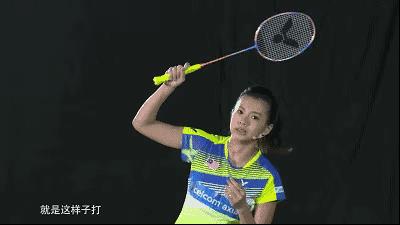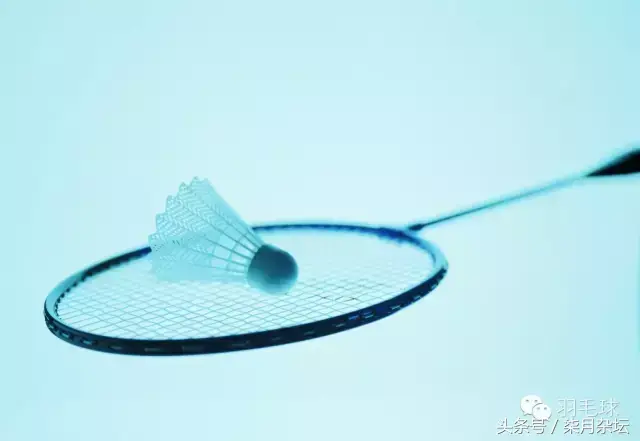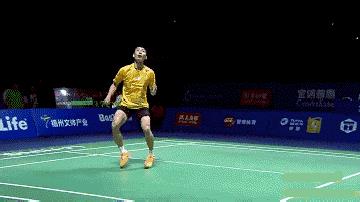The two key techniques of the ball are footwork and technique. There is an image metaphor that the technique is like a move and the footwork is like an internal force. If you want to learn badminton well, it is equally important to master the correct footwork and technique.
First, the footwork:
1. Look at the manual waist: (Observe the opponent’s movements and prepare to move your center of gravity in advance)

2. Lift first and then lift: (Watch the opponent swing out, lift the center of gravity and lift the shoulders, ready to start)
3, chasing the ball to catch the pace: (When moving, you must look at the trajectory of badminton, and the pace must be before the ball falls)
4, bow to the point: (run to the point and then drop the center of gravity, ready to hit the ball)
5, twisting the hip first: (No matter what pace, the first move must be the hip)
6. There are several steps: (How to get to the point depends on how you predict the distance and then design the collocation of small steps)
7, the calf slightly off: (when receiving the ground ball, the calf and foot are slightly off, reducing the center of gravity)
8. Round your arms: (During the pace, you should also cooperate with your arms. You must not slouch and exercise.)
9, jumping danger: (when chopping, beginners had better not jump, it is difficult and there are many mistakes)
No worries about retreating: (In any case, retreating is the most difficult thing to master at first. Once you master it, the whole audience will live.)

Second, the technique:
1. Hold the racket tightly: (In the non-hitting state, the racket cannot be held tightly, and the handle should be flexible to rotate for different hitting actions; When hitting the ball, keep your fingers tight on the racket, especially the index finger and thumb, to ensure that the hitting action is crisp and the line is clear.
2, long swing and short shake: (When hitting the ball, especially when hitting the long ball and killing the ball, the shoulders and arms should be completely released, and the hitting is guaranteed and the big action can confuse the opponent; At the last moment of hitting the ball, the change of the line and the landing point control the whole wrist jitter)
3, high pressure and low lift: (after playing the backcourt, the wrist should have the feeling of forward pressure, otherwise the ball will be vulnerable to attack when it falls slowly; When defending, the arm should be lifted fully and quickly to avoid passive beating)
4, playing far and near: (the backcourt ball must first run to the position, the arm drives the wrist, and the amplitude is large and hard; The ball in the frontcourt is small, the forearm is firmly extended, and the wrist and fingers rotate, with a small amplitude.
5, the opposite turn flat lift: (put a diagonal short ball in the middle and front court, the wrist should turn back and pick up; Draw fastball flat in the middle and front court, without putting down the racket, and use the forearm to exert force.
6. Front-side back-to-back: (The forehand handball body rotates backward and sideways. As a compensation, the wrist control racket face should also rotate at the corresponding angle; When playing backhand, the body is fully unfolded with the back to the opponent, the arm swings for a long distance, and the wrist force should arrive in time)

7, strong pursuit of slow gear: (when the attack is favorable, we must constantly speed up the attack rhythm, arm and wrist movements are coherent and rapid; When the opponent attacks continuously, take the initiative to change the rhythm of the opponent’s continuous attack by lightly blocking and letting go.
8. Soft dance and crisp strike: (All movements of badminton should be very coordinated and even gentle; But the moment of hitting the ball must be crisp and neat. From the waist to the wrist, the hitting force should have a violent pause, followed by coordinated body movements)